Using Kriol Culture to Teach Lessons
No one captured it better than the late Lela Vernon when she sang about the misconception that Creole people had no culture. Though she’s no longer with us, her song left a powerful message for the Creole community to reflect on and change that narrative, leaving a legacy for future generations. Today, we were delighted to meet a young Creole man dedicated to preserving and passing on the richness of Creole culture to the next generation. In this week’s edition of Kolcha Tuesday, News Five’s Marion Ali sits down with Wilford Felix, a proud Creole man who is teaching his young daughters the value of their heritage. He does this through the vibrant Creole language, sharing folkloric stories, and even playing the traditional Gumbe drum to sing Creole songs. Marion Ali reports.

Wilford Felix
Wilford Felix, Chair, Cultural Safeguarding, Nat’l Kriol Council
“This one ya da bout three fren, ih name the three fren dehn. Once upon a time dehn had three fren. Deh mi name Big Head, Big Belly and Snipy foot.”
Marion Ali, Reporting
Wilford Felix made the most of his daughters’ sick day from school by jumping into some Kriol folklore with them. He read them enchanting stories that have been passed down for over a century.
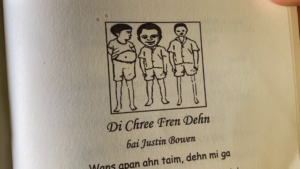 Wilford Felix
Wilford Felix
“Big Head end up gone up pahn the tree. Ih shake, ih shake, ih shake he shake the tree till ih head drop off because he da Big Head soh ih head it drop off. Big belly he start to laugh and he laugh and laugh and laugh till ih big belly buss. Sniper Foot, fi he foot deh mawga soh. Snipy Foot he run fi goh goh ker the news. Fi he foot drop eena wa cassava hole an bruk, but before ih foot bruk ih drop pa wa pin an what happened? If the pin neva bend, the story nuh mi wa end.”
The Kriol advocate says the stories are oftentimes meant to entertain, and this one was all fun for his two little girls, Kali-Mae, age six, and Imani-Ann, five years old.
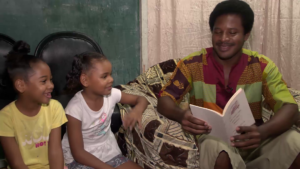 Wilford Felix
Wilford Felix
“Not only are the stories fun to tell but stories often convey an important message or lesson and it’s an intrinsic part of the culture to convey that information via stories to captivate the audience and essentially fi nuh give the lesson eena wa boring way and especially when yoh di transmit da information to pikni, dehn wa tend fi remember wa story than if yoh give dehn wa direct instruction.”
Marion Ali
“Did you like that story?”

Kali-Mae Felix
Kali-Mae Felix, Daughter of Wilford Felix
“No.”
Marion Ali
“You never like it? (Turning to other child) But you mi like it. What you mi like about it, baby?”
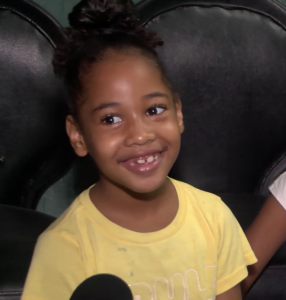
Imani-Ann Felix
Imani-Ann Felix
“I mi like when the big head drop off. (Laughter)”
Marion Ali
“And what you never like about it?”
Kali-Mae Felix
“Because it’s so sad because I don’t like when people dead. That’s so sad.”
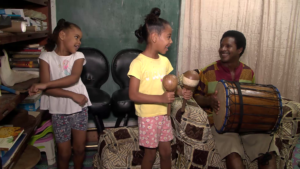 Many of these stories carry important life lessons, and Felix uses them to share valuable messages through the rich tapestry of Kriol culture.
Many of these stories carry important life lessons, and Felix uses them to share valuable messages through the rich tapestry of Kriol culture.
Wilford Felix
“I think the lesson in this story is be careful who you trust. The story might sound convincing weh dehn di tell yoh fi do but mind, dehn di set yoh up.”
The Kriol protagonist also uses music to pass on the hidden messages to the younger generation. And in his home, culture is far more important than gadgets.
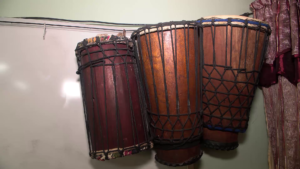 Wilford Felix
Wilford Felix
“My pikni dehn nuh spend a lot of time pahn no device because I want dehn learn the culture? I want dehn learn fi value the heritage instead ah mek wa laptop or wa tablet or a phone entertain dehn. I entertain dehn, soh I meke the time fi interact with my kids a lot and share the culture because if we nuh di pass it to dehn that da how the culture wa dead and like how Miss Lela ask, Ah Want Know Who She Kriol Nuh Got No Kolcha? We do.”
Marion Ali for News Five.







Facebook Comments